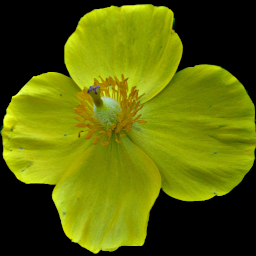A stately member of the mint family, whose straight and tall spikes would not be out of place in a formal perennial garden. This plant was one of a large colony growing in a hillside clearing in Scott Township, where they were blooming in early July.
Gray describes the genus and the species:
TEÙCRIUM [Tourn.] L. Germander
Calyx 5-toothed. Corolla with the 4 upper lobes nearly equal, oblong, turned forward, so that there seems to be no upper lip; the lower lobe much larger. Stamens 4, exserted from the deep cleft between the 2 upper lobes of the corolla; anther-cells confluent. (Named for Teucer, king of Troy.)
* Perennials; leaves merely dentate or serrate; inflorescences terminal, spiciform.
+ Inflorescence cylindric; calyx densely pubescent.
T. canadénse L. (American G., Wood Sage.) Stems 1 m. or less high, appressed-pubescent, simple or branched; leaves lanceolate to ovate, serrate, 2.6-5 cm. broad, rounded or narrowed at base, ehort-petioled, hoary beneath, green and glabrous or sparingly appressed-pubescent but scarcely papillose above; whorls about 6-flowered, crowded in long and simple wand-like racemes; calyx canescent-pannose, the 3 upper lobes very obtuse, or the middle one acutish; corolla 1.6-2 cm. long, purplish, pink, or sometimes cream-color. — Rich low ground, N. E. to Neb., and southw. July-Sept.





